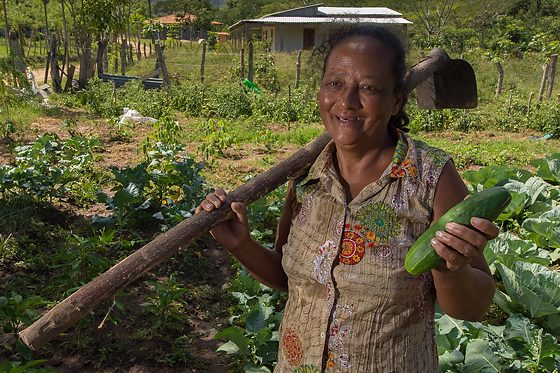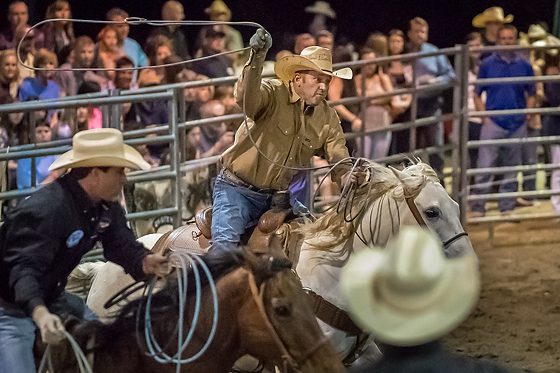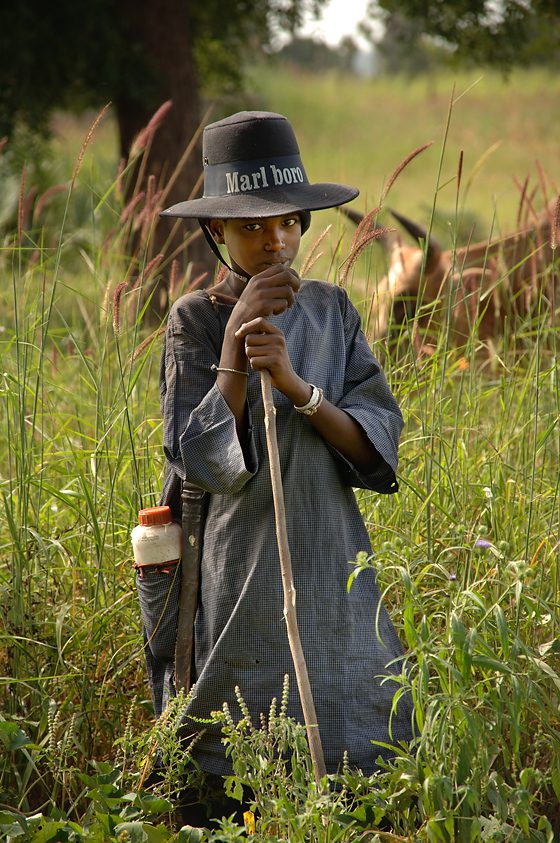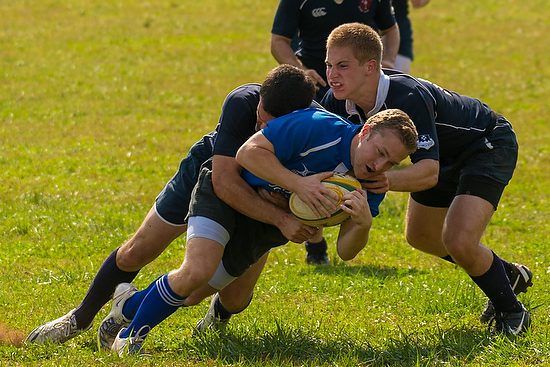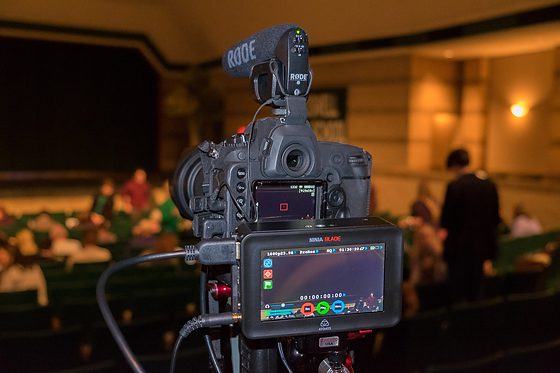Chelle’s graduation from Roswell High School
The LORD himself goes before you and will be with you; he will never leave you nor forsake you. Do not be afraid; do not be discouraged.
Deuteronomy 31:8
Sometimes when driving on roads, the scenery doesn’t change all that much however you do have those mile markers letting you know how far you have come and how far you have to go.
High school graduation is one of those milestone markers in our lives that we stop and celebrate.
This past Friday, my daughter graduated from high school. While our daughter Chelle did all the heavy work for all those school years, we, as her parents, were her cheerleaders.

My daughter and another student were chosen to give a welcome at the graduation. Here is that presentation:
With each hug and congratulations came the question of what is next for you.
“For I know the plans I have for you,” declares the LORD, “plans to prosper you and not to harm you, plans to give you hope and a future.
Jeremiah 29:11
I have been thinking about my grade as a parent. How well did I do in helping my daughter prepare for this day?
We are very proud of all her accomplishments and realize how much better prepared she is than my wife and I was at her age. We felt like we did a good job getting her to this point.
I feel like there are a few things I wanted to be sure to give to my daughter. One of those is my faith. This is something that she will have to make her own and not that of mine or her mother. It will be something personal with God.

We also know we didn’t do this alone. Teachers played a massive role as her classmates as well.

Chelle enjoyed having her friends from all parts of her life to a party at our house.

Over 100 people stopped by to congratulate Chelle.
While high school graduations are one of the significant milestones in our life, sometimes we need to be reminded that each day and sometimes just making from moment to moment can be a milestone for us.
29 He gives strength to the weary and increases the power of the weak. 30 Even youths grow tired and weary, and young men stumble and fall; 31 but those who hope in the LORD will renew their strength. They will soar on wings like eagles; they will run and not grow weary, they will walk and not be faint.
Isaiah 40:29-31
While graduations and weddings are about the graduate and the couple, they remind everyone of their graduation and marriage. Some may not have had them, and others will recall their own. This is a time to set that pause button on our lives and reflect. To reflect on all the obstacles, we have overcome and celebrate those victories.
My daughter exceeded any expectations that I had for her. She made her mother and me proud of all she has accomplished and the young woman she has become.
4 I always thank my God for you because of his grace given you in Christ Jesus. 5 For in him you have been enriched in every way—with all kinds of speech and with all knowledge— 6 God thus confirming our testimony about Christ among you. 7 Therefore you do not lack any spiritual gift as you eagerly wait for our Lord Jesus Christ to be revealed. 8 He will also keep you firm to the end, so that you will be blameless on the day of our Lord Jesus Christ. 9 God is faithful, who has called you into fellowship with his Son, Jesus Christ our Lord.
1 Corinthians 1:4-9

With all the friends, family, teachers, and coworkers that all came to celebrate with Chelle and our family, there was one moment this weekend where I felt the proudest. It wasn’t her speech, but on the way to pick up the official diploma in the gym, she stopped and talked to a few janitors. She told them to thank her for all their hard work, for helping her to have a clean school, and for revealing to them that she would miss them.
Some friends of mine have put rocks on a table in their foyer where they have written down some milestones in their life. They did this to remember what obstacles that have been conquered to remind them of how God helped them through those times so that they would have the strength to endure the following challenges. It is based on 1 Samuel 7:12
12 Then Samuel took a stone and set it up between Mizpah and Shen and called its name Ebenezer; for he said, “Till now the Lord has helped us.”
1 Samuel 7:12
Take a moment today and hit the pause button. What can you celebrate?











